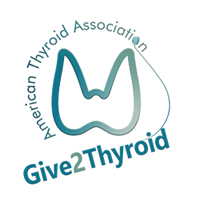BACKGROUND
The best imaging method for evaluation of thyroid nodules is ultrasound. According to the American Thyroid Association guidelines, all patients with thyroid nodules should undergo ultrasound evaluation to evaluate their cancer risk and decide whether a thyroid biopsy is indicated. Several thyroid nodule features noted on ultrasound are suggestive of thyroid cancer. For example, up to 95% of thyroid nodules with small bright spots known as microcalcifications are cancerous. However, not all small bright spots noted on ultrasound represent microcalcifications. In particular, small bright spots with a feature known as a comet tail are usually associated with a benign thyroid nodule. However, the significance of the small bright spots with comet-tail is not completely evaluated. The goal of this study was to evaluate the frequency and types of bright spots with comet-tail present in cancerous and non-cancerous thyroid nodules removed surgically.
THE FULL ARTICLE TITLE:
Wu H et al 2018 Echogenic foci with comet-tail artifact in resected thyroid nodules: not an absolute predictor of benign disease. PLoS One 13:e0191505. PMID: 29352286.
SUMMARY OF THE STUDY
The study included 556 patients who underwent thyroid surgery at a single institution in China between January and September 2016, and had complete data available. Indications for thyroid surgery included abnormal results on ultrasound-guided thyroid biopsy, ultrasound findings suspicious for cancer, or local pressure symptoms clinically.
All patients underwent routine thyroid ultrasound prior to the surgery. A total of 962 thyroid nodules were identified in the 556 study patients. Among these, 71 thyroid nodules were noted to have bright spots with comet-tail with 46 of these nodules being cancerous and 25 being benign. Most cancerous nodules represented papillary thyroid cancer, with one follicular thyroid cancer and one medullary thyroid cancer noted.




